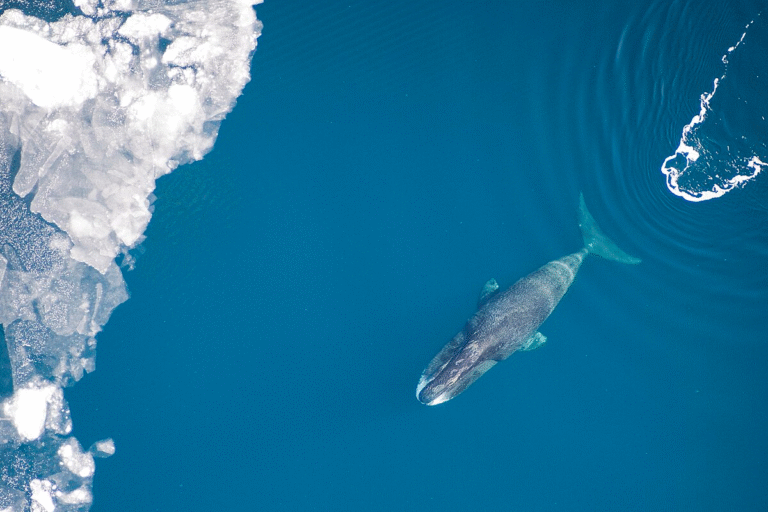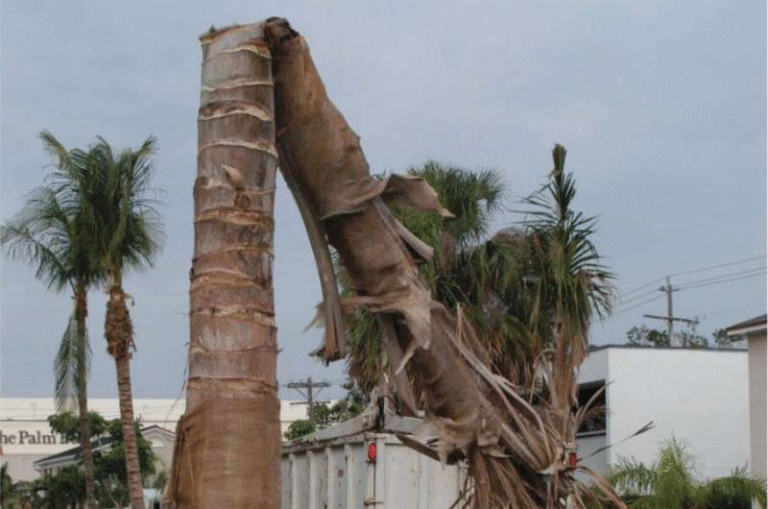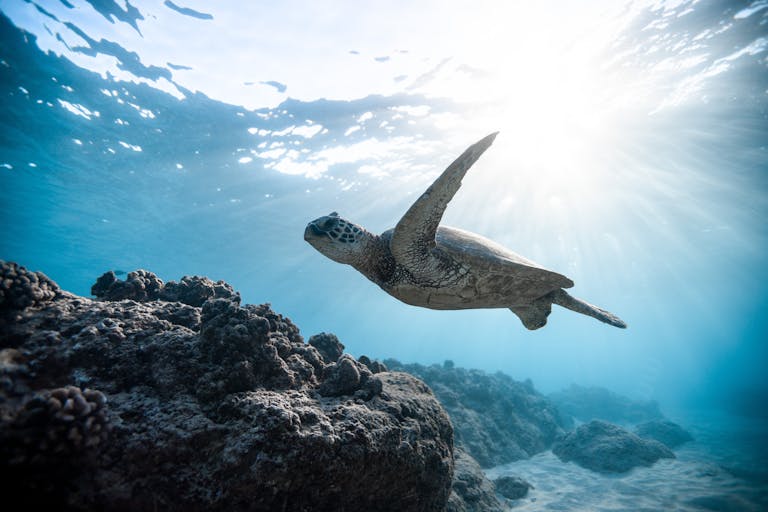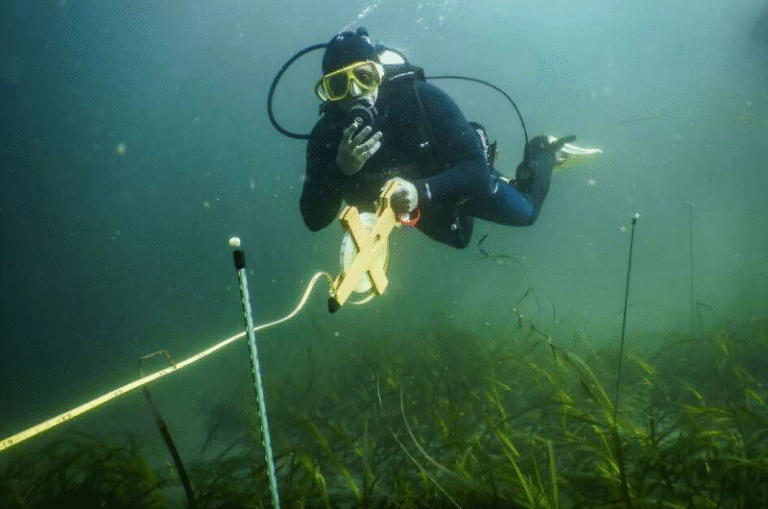NOAA Reports Sharp Rise in Whale Entanglements Across U.S. Waters in 2024, Raising Alarms for Marine Life
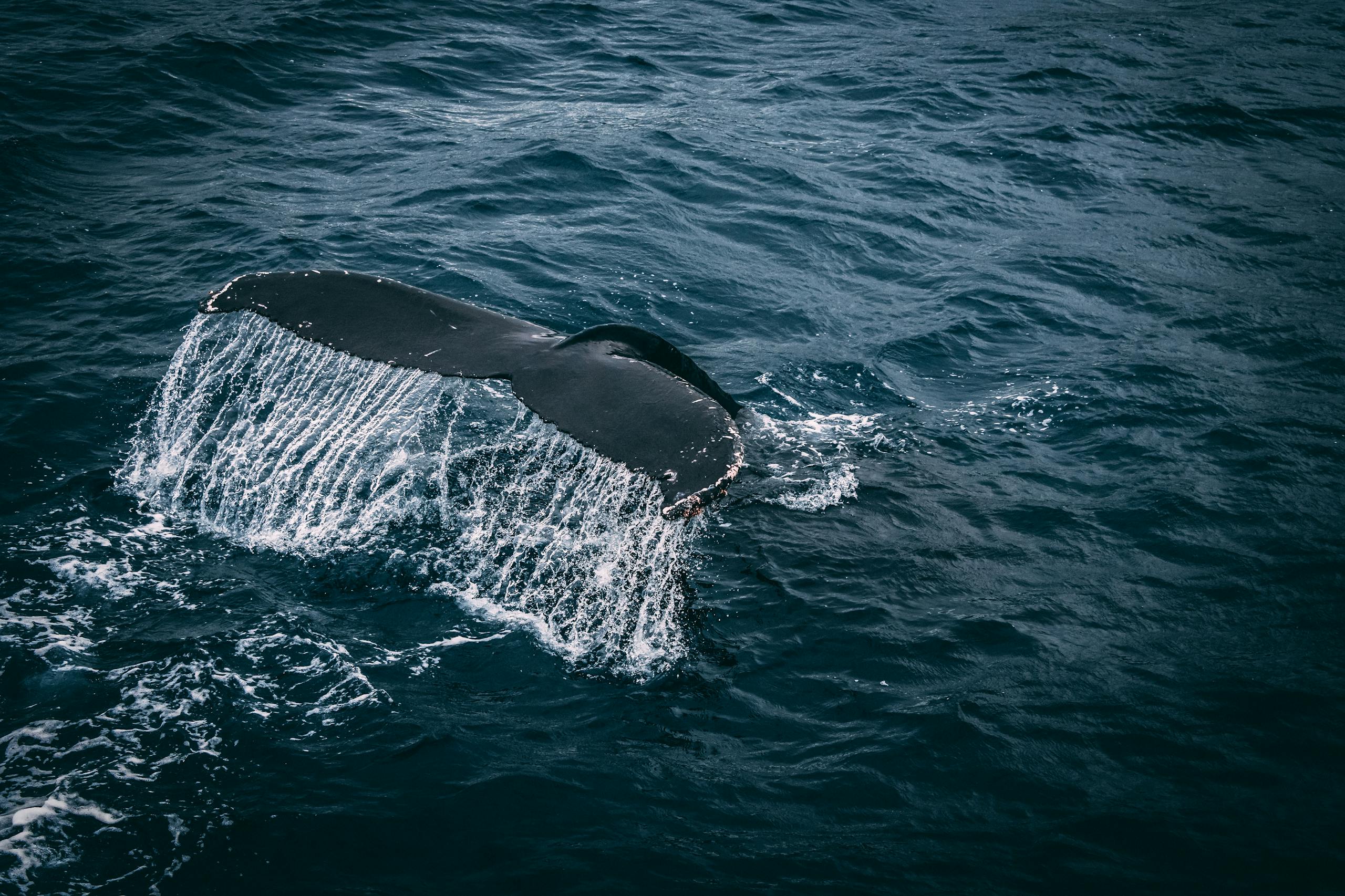
The National Oceanic and Atmospheric Administration (NOAA) has released its latest findings on whale entanglements across U.S. waters, and the numbers are deeply concerning. In 2024, NOAA confirmed 95 whale entanglements, a significant jump from 64 in 2023. This figure also surpasses the 17-year annual average of 71, signaling a serious setback for marine conservation efforts.
According to NOAA’s National Report on Large Whale Entanglements Confirmed in the United States in 2024, nearly half of all incidents were directly linked to fishing gear, particularly trap and pot gear used for lobster and crab fishing. This type of equipment, consisting of long ropes connecting seafloor traps to surface buoys, poses a major hazard to whales that swim into them while feeding or migrating. Once entangled, these ropes can wrap around a whale’s mouth, flippers, or tail, making it difficult for the animal to swim, feed, or even surface for air.
A Breakdown of Where and Which Whales Were Affected
The report shows that entanglements occurred throughout U.S. coastal regions, but certain areas saw more incidents than others:
- California accounted for around 25% of all reported entanglements.
- Massachusetts followed with 18%.
- Alaska recorded 16%, and
- Hawaii contributed 12% of the total cases.
Among the affected species, humpback whales were the most commonly entangled, followed by gray whales, fin whales, and a few North Atlantic right whales. On the West Coast alone, NOAA confirmed 36 entangled whales, the highest number since 2018. Of these, 31 were humpback whales, four gray whales, and one fin whale.
Roughly 48% of all 2024 entanglements were traced back to specific fisheries, confirming that human activity remains the dominant cause. The remaining cases involved unidentified gear, abandoned lines, or other marine debris.
Why Whale Entanglements Are So Dangerous
When a whale gets caught in fishing gear, the consequences can be fatal. The ropes and lines can slice through their skin, causing deep lacerations and infections. The physical strain can lead to exhaustion, while restricted movement hampers feeding and migration. In some cases, the animal drowns after being unable to reach the surface.
Even when whales manage to break free or are disentangled by rescue teams, the injuries often have long-term health effects. These can include reduced ability to reproduce and chronic infections that ultimately shorten their lifespan.
Marine experts stress that each incident represents not just one struggling whale, but a setback for entire populations—especially for endangered species like the North Atlantic right whale, whose global population is estimated to be fewer than 360 individuals.
Why Are These Numbers Rising?
There are multiple factors contributing to the spike. One is the increase in fishing effort in some regions, particularly as seasons shift and new fishing areas open. Another is changes in whale migration and feeding patterns caused by warming ocean temperatures, altered food availability, and harmful algal blooms.
In 2025, many parts of the U.S. West Coast also saw severe toxic algae blooms, which affected not just whales but thousands of sea lions and dolphins. These blooms produce domoic acid, a neurotoxin that causes illness and death in marine mammals. When whales are already weakened or disoriented by toxins, their risk of becoming entangled increases.
Additionally, there’s a growing concern about federal funding cuts and staff shortages within NOAA. Many marine biologists and environmental groups warn that reduced resources limit the agency’s ability to monitor, respond, and enforce marine protection laws like the Marine Mammal Protection Act (MMPA).
The Gear Behind the Problem
The most frequent culprits are trap and pot fisheries, which use lines running vertically from the ocean floor to a surface buoy. These lines are designed to be strong and durable, but that durability becomes deadly when whales become ensnared.
According to NOAA’s regional data, at least 14 entanglements in 2024 involved Dungeness crab gear from fisheries off California, Oregon, and Washington. While this gear is necessary for the commercial crab industry, conservationists are urging the adoption of “on-demand” or ropeless fishing technology, which eliminates vertical lines altogether.
Some fisheries have also begun testing weaker ropes that are designed to break under the strength of a whale’s pull, reducing the chances of prolonged entrapment. However, widespread adoption has been slow due to cost concerns and the complexity of large-scale gear changes.
NOAA’s Role and Response
NOAA oversees the National Large Whale Entanglement Response Network, a trained group of responders authorized to assess and, when possible, safely free entangled whales. The network operates under strict safety protocols, as disentangling a panicked 40-ton whale can be extremely dangerous.
Responders are categorized by training levels, ranging from Level 1 (reporting and documentation) to Level 5 (authorized to perform full disentanglements). Their work has saved many whales over the years, but the growing number of incidents is stretching resources thin.
Unfortunately, with government shutdowns and budget freezes, some NOAA staff have been furloughed, and certain rescue operations have faced delays. Experts stress that without NOAA’s full operational capacity, coordination and enforcement suffer, leaving more whales at risk.
Calls for Stronger Protections
Many marine scientists believe the 2024 spike is a wake-up call that current protections are not strong enough. Conservation groups like Oceana and the Center for Biological Diversity argue that safeguards under the MMPA need to be reinforced, not weakened.
Some policymakers, however, are proposing to revise the act to narrow the legal definition of “harm”—a move critics say would make it harder to hold industries accountable for indirect threats like behavioral disruption or habitat interference. If enacted, such a change could drastically reduce NOAA’s ability to intervene before species are physically injured or killed.
For example, under current regulations, three entanglements of humpback whales in California can trigger a temporary closure of certain fisheries. Under the proposed revisions, that threshold could rise to 30 entanglements, giving fisheries more operational leeway but potentially devastating whale populations.
The Bigger Picture of Marine Threats
Entanglement isn’t the only threat whales face. In recent years, ship strikes, ocean noise, pollution, and climate-driven food shortages have all taken a toll. The ocean is becoming a more crowded and chaotic place for these giants, and the balance between human activity and marine life protection is increasingly fragile.
Healthy whale populations are vital for the planet. Whales play a key role in regulating marine ecosystems, helping to circulate nutrients and even capture carbon through the “whale pump” effect. Each large whale can store up to 33 tons of carbon during its lifetime, and when they die naturally, that carbon sinks with them to the ocean floor—making whale conservation an essential part of fighting climate change.
What Can Be Done
Experts and conservation groups are pushing for:
- Greater funding for NOAA to restore its monitoring and response capacity.
- Mandatory use of whale-safe gear, especially in high-risk fisheries.
- Improved data sharing between states, fisheries, and NOAA to better track entanglements.
- Expanded ropeless gear trials with government subsidies to ease the transition for small-scale fishers.
- Public awareness campaigns encouraging boaters and fishers to report entanglements promptly through NOAA’s hotline.
While the road ahead is challenging, small steps—like using whale-safe ropes, reporting gear losses, and supporting sustainable seafood—can help protect these magnificent creatures from human-caused suffering.

